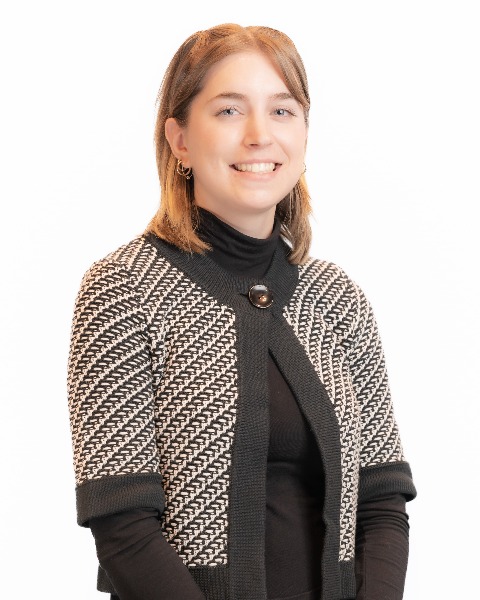Research (R)
PP1334 - Improving Access to Audiological Care: Investigating Use of Non-English Test Materials as Part of the Hearing Evaluation

Jenny Lucke
Student
University of Wisconsin Madison
Madison, WisconsinDisclosure(s): No financial or nonfinancial relationships to disclose.
Lead Presenter(s)
Best practice standard of care for comprehensive diagnostic audiometry includes assessment of both pure-tone thresholds and word recognition. Effective word recognition testing relies on language specific materials; however, audiology test materials are most commonly only available in English. The primary goal of this study is to explore the current state of use of non-English word lists in audiology clinics around the U.S. and to identify barriers to access and implementation of non-English word lists in the hearing evaluation.
Summary:
Background: Previous work suggests that using speech testing materials in English for non-native English speakers will result in inaccurate measures of speech understanding. Word recognition scores are an integral part of the standard hearing evaluation and can aid in selecting appropriate hearing devices. The U.S. is a multicultural society comprised of 45 million immigrants (13.6%), speaking a variety of languages. There are ~67 million individuals that speak another language besides English in their home. Furthermore, of the 14,029 ASHA affiliated audiologists, only 6.6% of them are multilingual service providers (ASHA, 2023). The lack of available word recognition lists for non-English languages, as well as lack of interpreters, make it difficult for both patients and audiologists to conduct a complete hearing evaluation – contributing to the existing health disparities.
Purpose: The purpose of this study is to (1) examine the current state of use of non-English word lists in audiology clinics around the U.S., and (2) identify barriers to access and implementation of non-English word lists in a variety of audiology clinics.
Research
Design: A 37-item survey was developed using the online survey platform, Qualtrics. The survey was distributed electronically to audiologists across the U.S. via multiple methods – a presentation at the American Academy of Audiology Conference in 2023, an email to various Audiology groups, and through postings in multiple Audiology-centered social media groups on Facebook. The survey focused on the following three areas: (1) audiologist’s experience working with non-English speaking patients and medical interpreters, (2) audiologist’s access to non-English word lists, and (3) barriers to access and implementation of non-English word lists.
Results: A total of 233 respondents participated in the survey. Most respondents had been a licensed audiologist for 1-10 yrs and practiced in a variety of clinical settings including, but not limited to, academic hospitals, private practices, universities, and schools. Most respondents reported that they evaluate patients whose primary language is not English at least 1-5 times a month. Within that group, they reported “frequently” (32.85% of the time) and “occasionally” (27.05% of the time) utilizing interpreters in those appointments. However, half of the audiologists who responded (51.43%) reported to be only “somewhat” satisfied with the communication they have with professional medical interpreters. While only 33% of the respondents reported access to recorded word lists for non-English languages, 89% of audiologist’s responded that they would be motivated to incorporate non-English word lists if they had access to the materials. Though, multiple barriers to access and implementation were reported. (e.g., no funds to purchase additional word lists, no in-person interpreters, lack of time, etc.).
Conclusion: Study results suggest that audiologists around the U.S., who work in a variety of clinical settings, are motivated and believe that it is important to be able to assess word recognition in a patient’s primary language. However, access to, and successful implementation of, non-English word lists can be extremely challenging in the audiologic clinical environment. Future work will focus on addressing and reducing barriers to access and implementation of word lists in a variety of languages in audiologic settings.
Learning Objectives:
- Define the current state of use of non-English word lists in audiology clinics.
- Discuss the current state of use of medical interpreters in audiologic appointments.
- Identify barriers to implementation and access of non-English word lists and use of medical interpreters.
